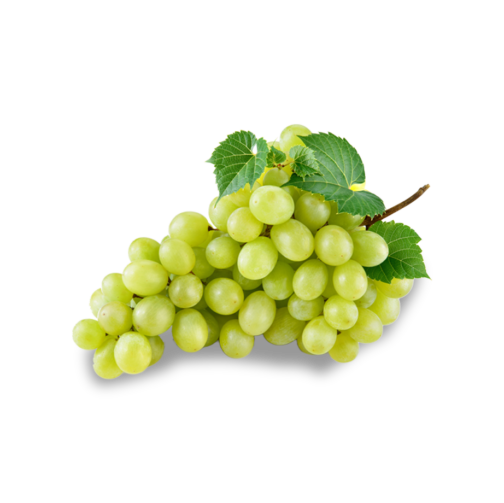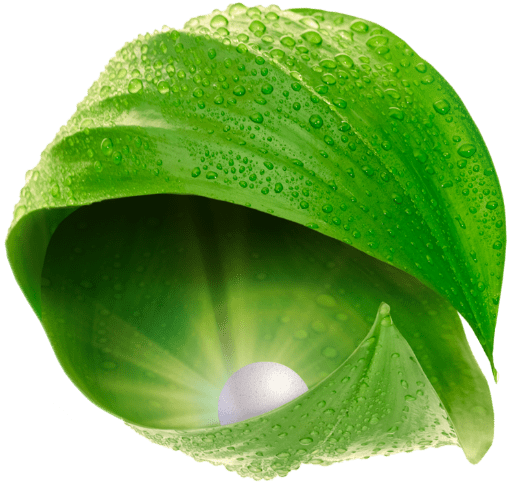
Vineyard
Vine cultivation is one of the oldest in the world, based on archaeological finds in Greece dating back to the fourth millennium BC. Today, the area under vine in Greece is estimated to be over 1,000,000 stremma, 60% of which is occupied by wine-producing varieties. In particular, wine production from Greek vineyards was estimated at 302,493 tons in 2016, 297,556 tons in 2017 and 300,031 tons in 2018 (FAO). The vine belongs to the Vitaceae family. The varieties of the genus Vitis are classified into wine grapes, table grapes, grapes for canning, grape juice production and raisin production. The abovementioned varieties belong to the species Vitis Vinifera and are classified as European vine varieties. Fertilisation of the vineyard begins in the winter with basal fertilisation. This is followed at a later stage by top-dressing applications, foliar spraying and finally post-harvest applications. In terms of importance, Nitrogen, Phosphorus, Potassium, Magnesium, Boron, Iron and Zinc are essential nutrients for the smooth development of the vines. In addition, the use of special nutrient formulations – biostimulants – maximises the genetic potential of the crop, while ensuring that its resistance to abiotic stress is enhanced. The exact type, quantity and timing of application of nutrient products is a function of many factors and interactions.




